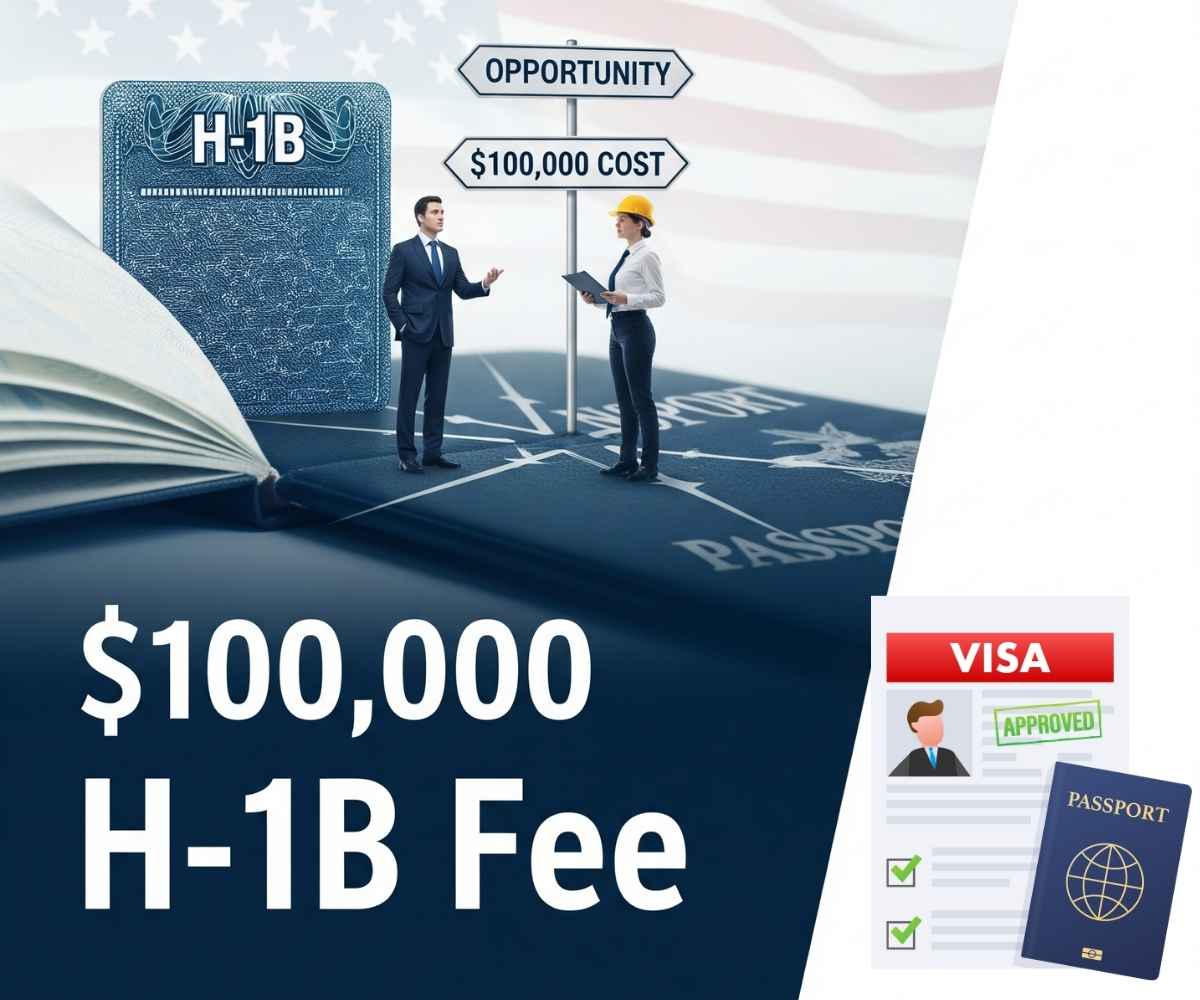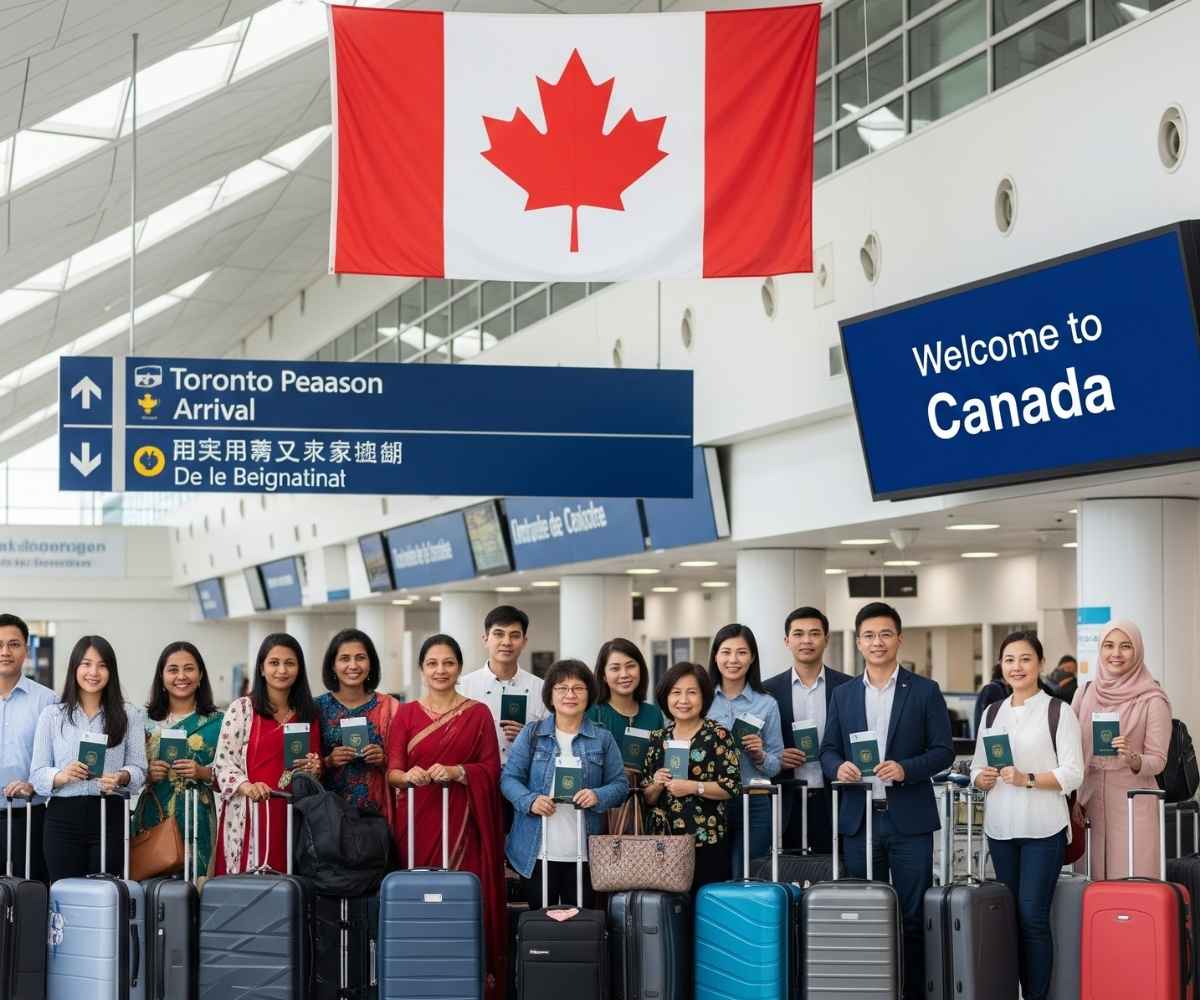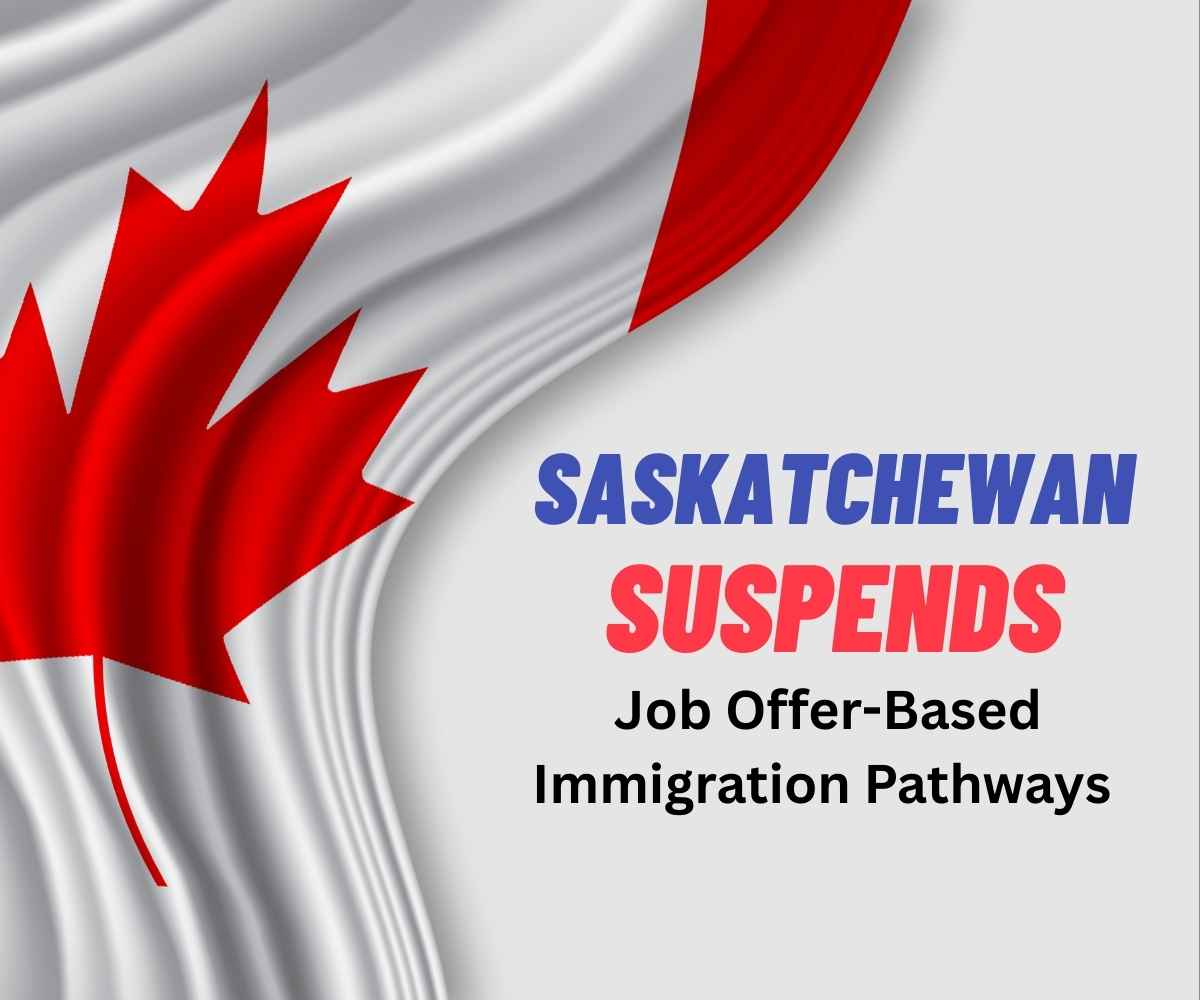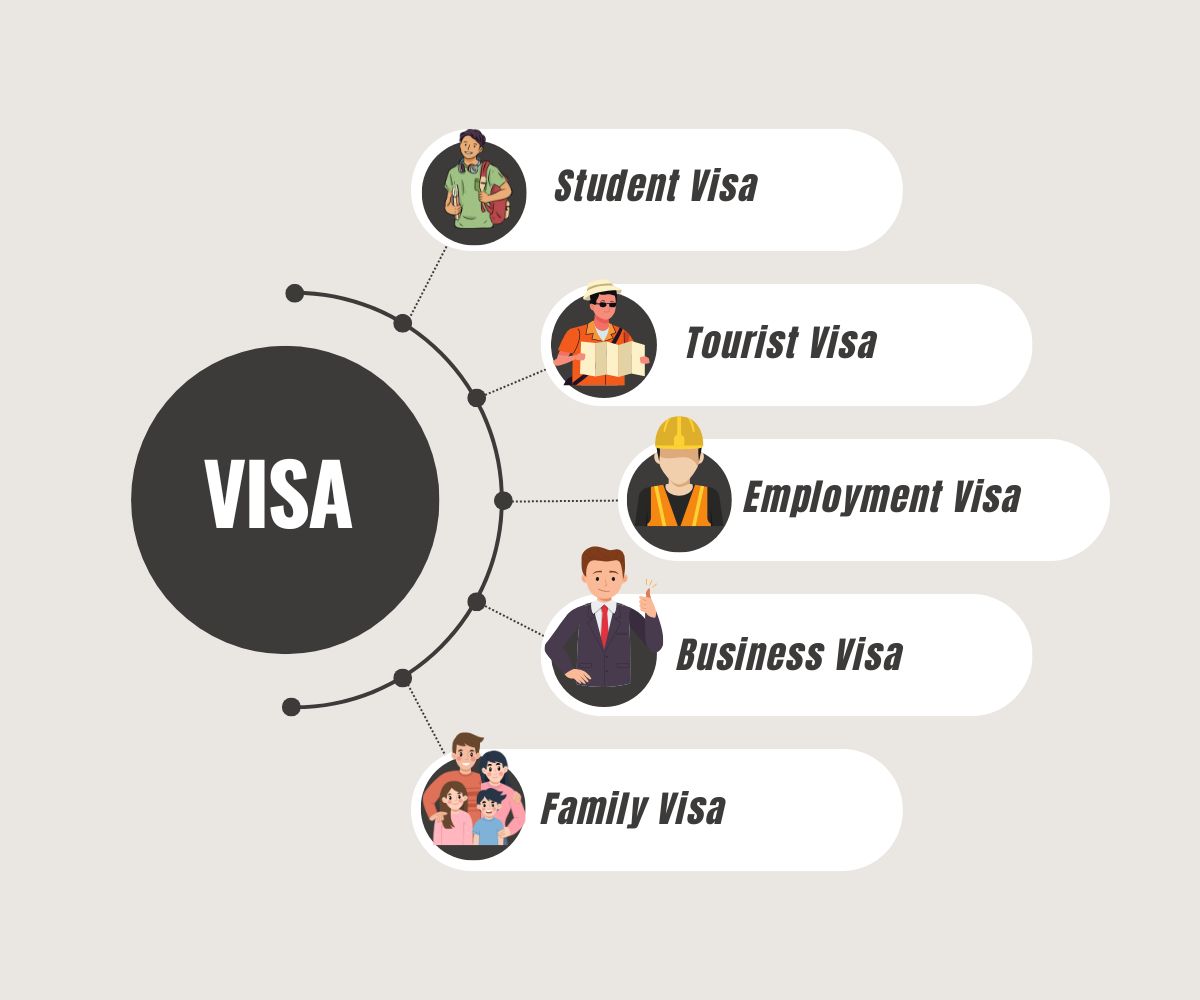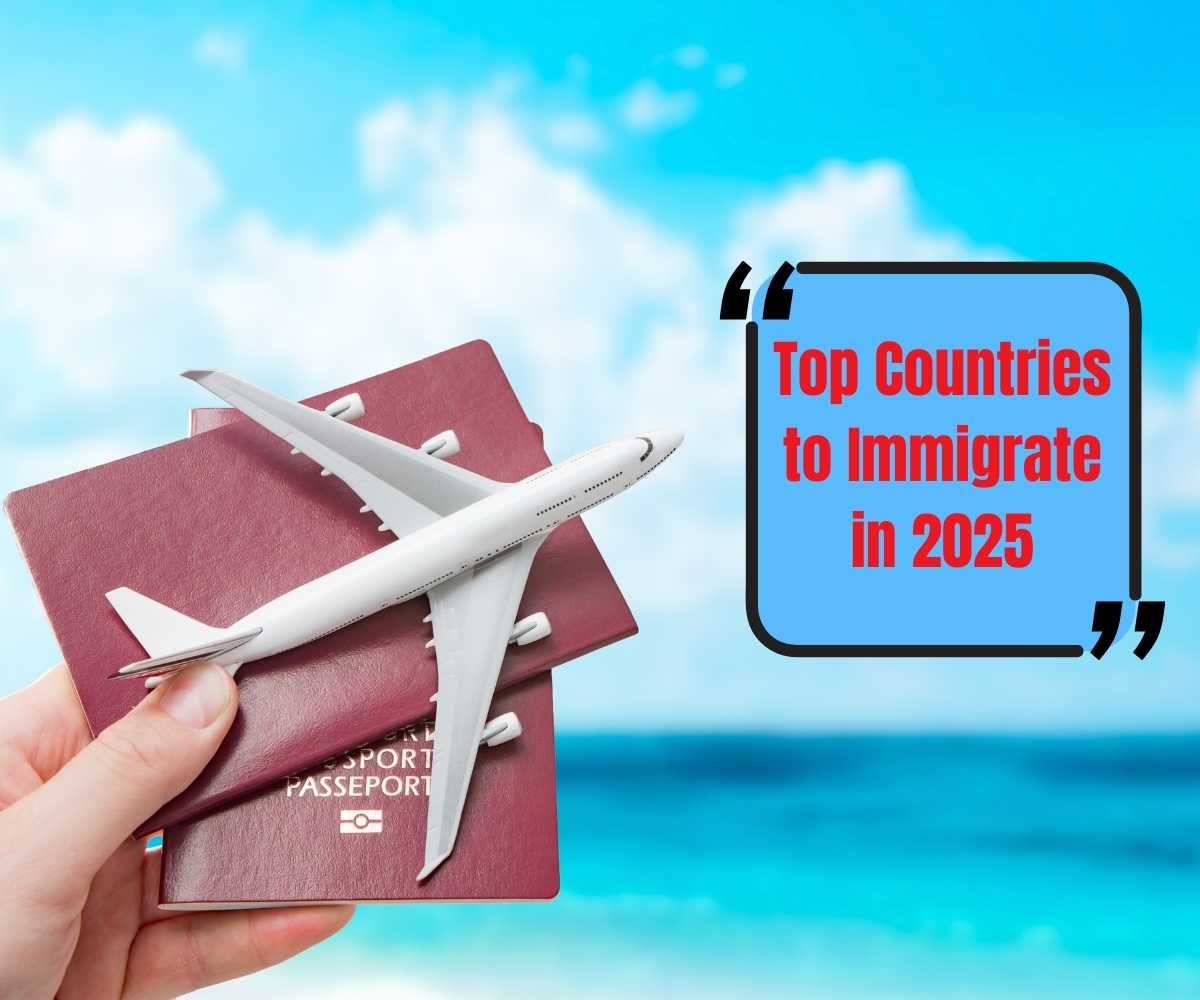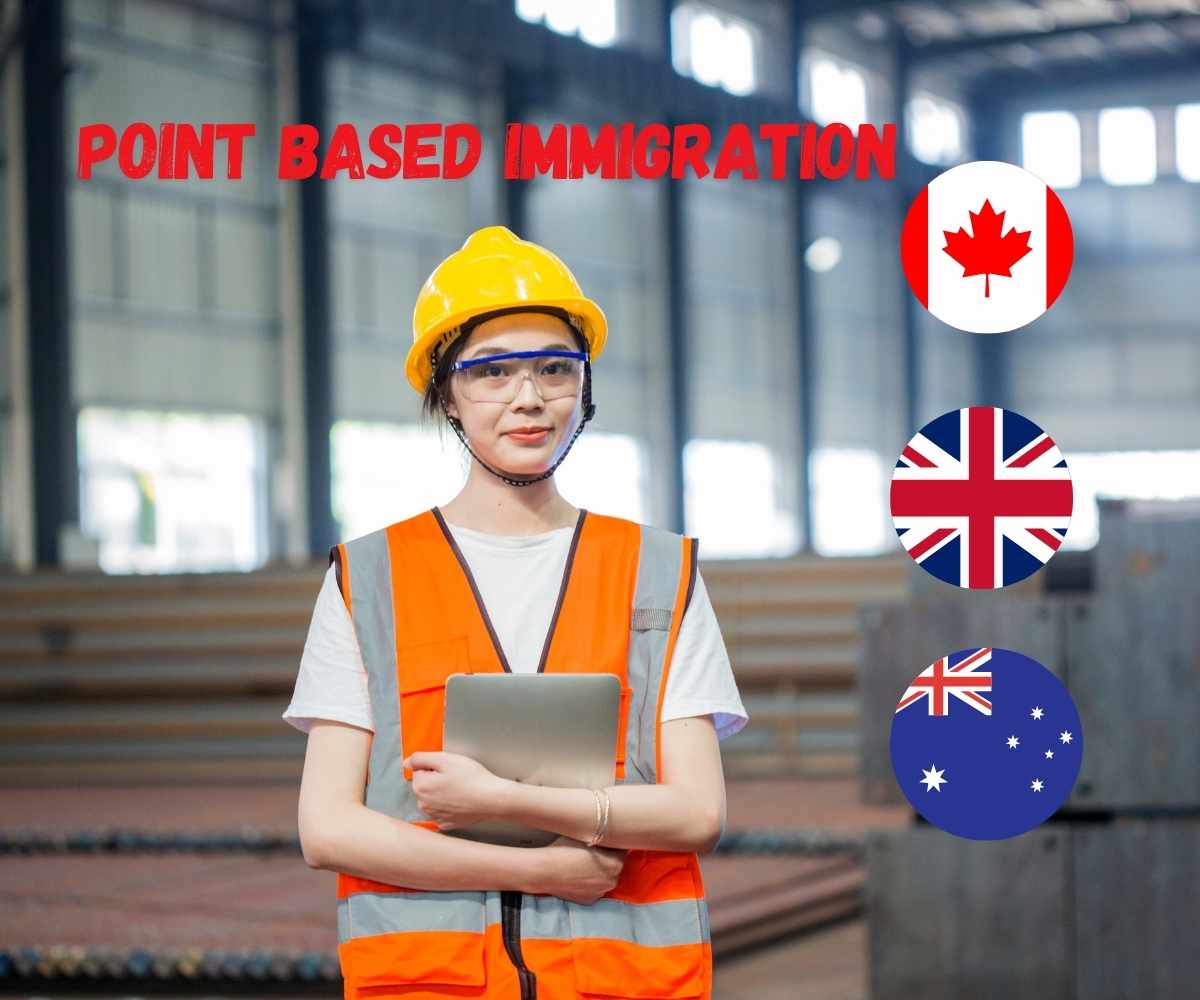The United States has long been a top destination for skilled professionals from around the world, especially through the H-1B visa program. But with the Trump administration’s latest move, the landscape for employers and international talent may be changing dramatically. A new policy introduces a $100,000 fee for companies sponsoring certain skilled worker visa applicants. This shift could reshape hiring strategies, impact global talent flows, and raise important questions about the future of U.S. immigration.
What’s Changing
Under the new rule, employers who file new H-1B petitions for workers outside the United States will be required to pay an additional $100,000 fee.
Key points to note:
-
The fee applies to new applications, not renewals.
-
Skilled workers already in the U.S. on H-1B visas are not directly affected.
-
The policy took effect in September 2025.
-
Employers must prove payment as part of the petition process.
This is on top of existing filing fees, making the cost of sponsoring skilled workers significantly higher.
Why the Change?
The stated goal is to:
-
Protect U.S. jobs by making it more expensive to hire foreign talent.
-
Reduce alleged “abuse” of the H-1B system by outsourcing firms.
-
Encourage higher wages and investment in American workers.
Supporters see this as a way to prioritize U.S. workers, while critics argue it could harm innovation and competitiveness.
Impact on Employers
For businesses, this policy is a game changer.
-
Higher Costs: What used to cost a few thousand dollars now requires a six-figure investment.
-
Strategic Hiring: Companies may reserve H-1B sponsorships for only the most critical, senior, or highly specialized roles.
-
Startups & Small Firms: Smaller businesses will feel the burden most, as many cannot afford the added cost.
-
Global Competition: Employers may consider shifting jobs overseas or relying more on remote work solutions.
Impact on Skilled Workers
For international professionals seeking opportunities in the U.S., the picture is mixed.
-
Fewer Opportunities: Companies may cut back on sponsoring foreign workers.
-
Selective Hiring: H-1Bs may go primarily to top-tier talent where the fee can be justified.
-
Increased Uncertainty: Visa sponsorship could become harder to secure, especially for entry-level or less specialized roles.
-
Alternative Routes: Applicants may need to explore other visa categories or consider destinations outside the U.S.
Pros and Cons
Pros
-
Encourages higher wages for U.S. workers.
-
Reduces misuse of the H-1B system.
-
Directs H-1B visas toward truly specialized positions.
Cons
-
Creates barriers for global talent.
-
Puts heavy financial strain on smaller businesses.
-
Risks pushing jobs and innovation outside the U.S.
What Employers and Applicants Should Do
-
Review pending and future petitions to determine if the new fee applies.
-
Plan budgets accordingly, especially if hiring from abroad.
-
Consult with immigration experts to explore alternative visa pathways.
-
Communicate with prospective hires about costs, timelines, and expectations.
-
Stay updated, as policies may evolve with legal challenges or future adjustments.
Conclusion
The $100,000 fee for skilled worker visa applications marks a major shift in U.S. immigration policy. While designed to protect American workers, it also places new burdens on global businesses and international professionals. For employers, the challenge is balancing cost with the need for top talent. For skilled workers, the challenge is navigating a tougher path to opportunities in the U.S.



